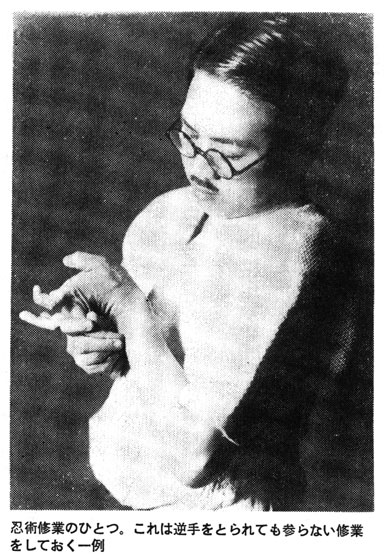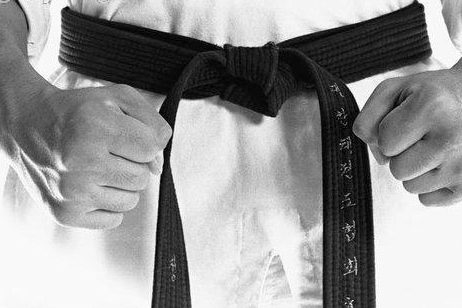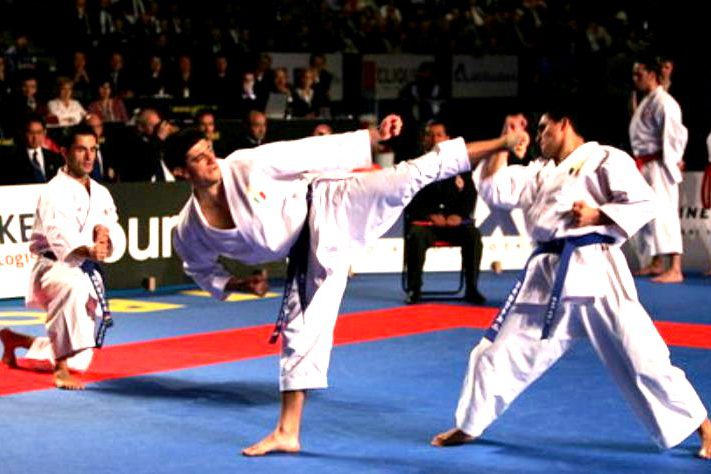Today I decided to give the keyboard to someone else:
Motobu Choki.
Or – as they say here in Okinawa – Motobu Saru. And although “saru” literally means monkey, it’s not used in a negative way at all.
As usual, if you don’t know who he was, do your homework here. I believe it’s always good to have background info on people who write what you read. And to say that Motobu had a pretty interesting background would be an understatement.
Now, the following article was written by Motobu on May 5, 1926. Since the Japanese public knew very little about Okinawan Karate, Motobu was asked to write something about it. So, he wrote a small pamphlet (a guide book if you like) which he entitled “The Techniques of Tode”. “Tode” is of course what we today call Karate.
The following 7 points are Motobu’s advice for people studying Karate-jutsu (extracted from this pamphlet).
1. The best age to start Karate-jutsu training is 12 years old. Starting at this age enables one to develop the systematic skills that are highly desirable when one reaches adulthood. However, if one really has a desire to learn the martial arts, I would state that any age is a good age providing the student is serious
in his efforts.2. Anyone who wishes to study Karate-jutsu should always try to work his weak side harder. I believe that a student in the martial arts should train at least twice a day (morning and evening) and pay strict attention to developing his weak side in order to even out his strength.
3. Anyone who learns Karate-jutsu and has a real desire to master the martial arts should train every morning as he arises. He should sit on the floor with his legs crossed, tighten his stomach muscles, extend both arms level to the shoulders, move his arms from side to front, front to side, and also move both arms front to back, and back to front close to the body.
Then exercise the arms from his right to left and left to right.
Repeating this exercise about three times a day, both arms can be developed evenly.
4. Anyone who strives to learn Karate-jutsu, should always remember the basic body position of hachi monji-dachi (the figure eight stance). Even in training, he should tense the stomach muscles and always stand erect with his chest out, like a true martial artist.
Keep this position always. It has been said that those who practice karate-jutsu diligently have much better physical structure and strength than the average man. This is due to the everyday training of controlling one’s posture and muscles and by doing this, his body should be built so strong that if it is touched it rings.
5. It is an unforgivable attitude for the student to complain about the smallness or conditions of the training hall. He who is a true warrior should always remember that the most important thing is to train.
To elevate the student’s soul and mind and actual technical training are equally important as a wagon needs two wheels. He who has the spirit of a warrior can train in an extremely small space of one ken (6×6 feet). He should train twice a day, morning and night. This is nothing special, like a man washing his face every morning when he arises, so a true karate-jutsu student must train twice a day without fail.
6. Some may worry that a young Karate-jutsu student may become uncontrollable in his youthful strength and misuse his Karate-jutsu for his emotional outlet or to punish the weaker, rather than to protect himself from being attacked.
However, he who learns karate-jutsu with the integrity of a martial artis (a warrior) should not forget the purposes of his training. The karate-jutsu student without the mind and soul of a martial artist is a fool who comes to eat without chop-sticks. The karate-jutsu student should always keep in mind the spirit and ideals of a martial artist as he strives to improve his skills.
7. Karate-jutsu is also a very important training source for spiritual strength, which is very useful, as this is a true international martial art. It is a very well known fact that many well trained Karate-jutsu students have the remarkableability to control themselves spiritually (physically and mentally).
As a good example, a true karate-jutsu student with the ability of spiritual concentration can detect upcoming moves by his opponent only by looking at him while they are engaged in an actual fight. This is the ability to foresee whether the opponent will strike out with his right side or left side or any other advances he might make.
A student should always remember the importance of self-control and keep this in mind when practicing.
Owari (the end).



9 Comments